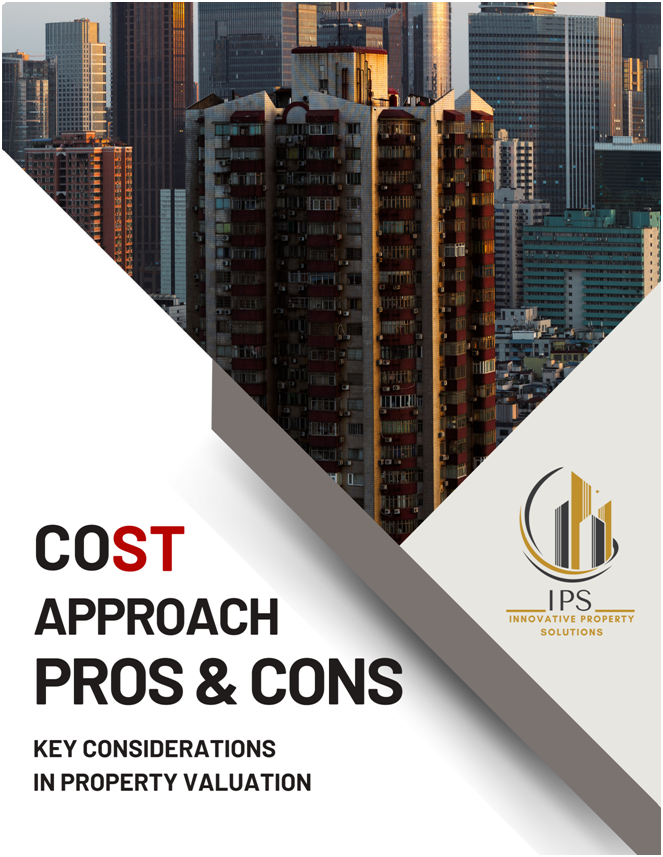
Insurance valuations: The approach is useful when determining replacement costs for insurance purposes.
Where it doesn’t work properly
Older properties: The Cost Approach is less reliable for older buildings due to difficulties in accurately estimating depreciation.
Rapidly changing markets: In areas with significant market fluctuations, the approach may provide less reliable valuations as it doesn’t account for current market dynamics.
Properties with significant intangible value: The method may undervalue properties where non-physical attributes contribute significantly to their worth.
In conclusion, while the Cost Approach has its place in real property valuation, it’s most effective when used in conjunction with other valuation methods to provide a comprehensive assessment of a property’s value.
Consideration of Highest and Best Use in the Cost Approach
When applying the Cost Approach to real property valuation, consideration of the Highest and Best Use (HBU) is crucial. The HBU analysis ensures that the Cost Approach reflects the property’s maximum potential value.
Integration of HBU in Cost Approach
Land Valuation: The Cost Approach begins with estimating the land value as if vacant. This valuation should reflect the land’s HABU, which may differ from its current use.
Improvement Costs:The improvements should align with the property’s HABU when estimating replacement or reproduction costs. This ensures that the cost estimate reflects the most valuable use of the site.
Depreciation Consideration: The extent of depreciation applied in the Cost Approach should account for any functional obsolescence if the existing improvements do not match the property’s HABU.
Impact on Valuation
Upper Limit of Value: The total cost of constructing a new building often sets the upper limit of value, assuming the building represents the HABU for the land.
Adjustment for Non-Conforming Uses: If the existing use doesn’t align with the HBU, the appraiser may need to adjust the valuation to reflect the potential for conversion or redevelopment.
Special Use Properties: The Cost Approach combined with HABU analysis can provide a more reliable valuation for unique or special-use properties when market comparables are scarce.
Challenges and Considerations
Changing Market Conditions: HABU can change over time due to market shifts, zoning changes, or area developments. The Cost Approach must reflect these potential changes.
Demolition Costs: When the HABU as vacant differs from the current use, the Cost Approach should consider potential demolition and site preparation costs.
Legal and Physical Constraints: The HABU analysis must account for legal permissibility and physical possibility, which can limit the potential uses considered in the Cost Approach.
By incorporating HABU analysis into the Cost Approach, appraisers can ensure their valuations reflect not just the current state of the property, but also its potential for optimal use, providing a more comprehensive and accurate assessment of the property’s value.
Contact Us:


